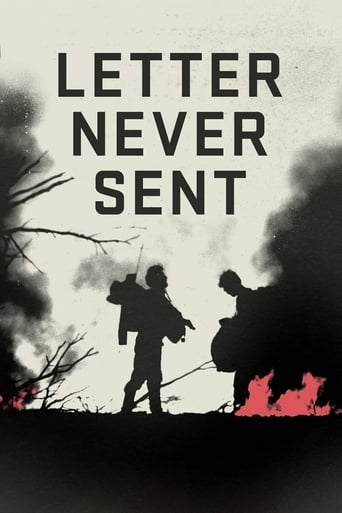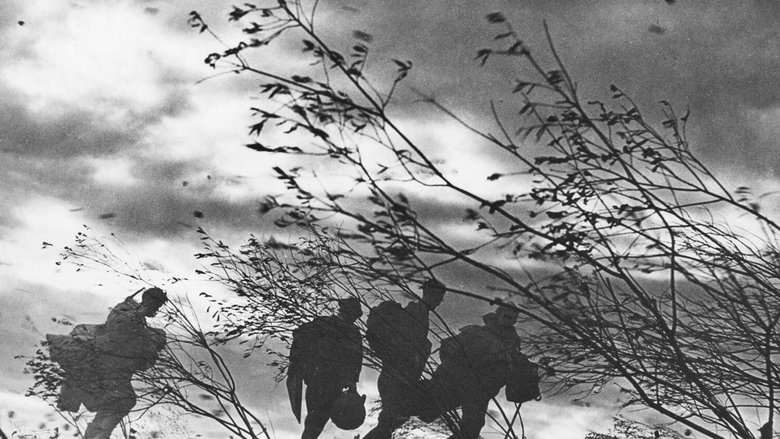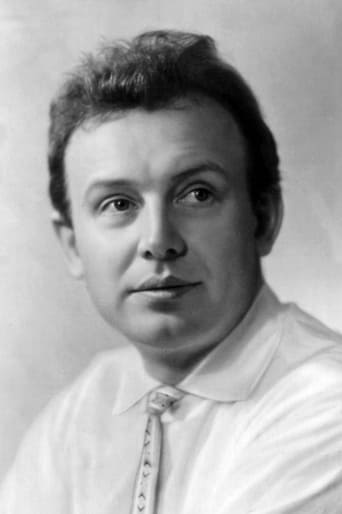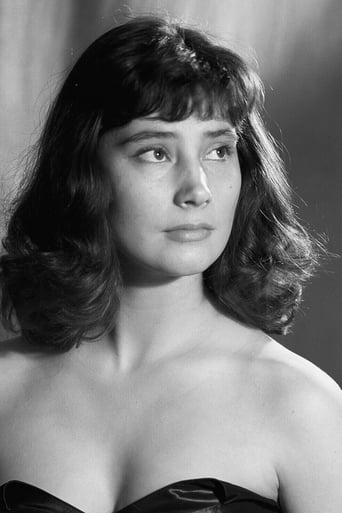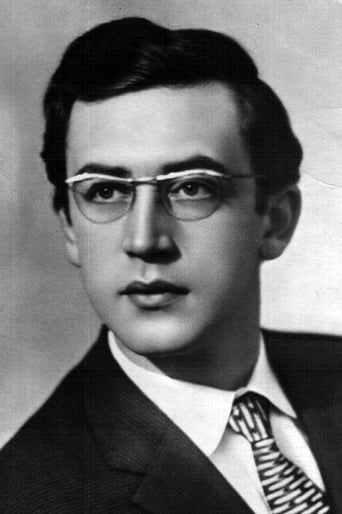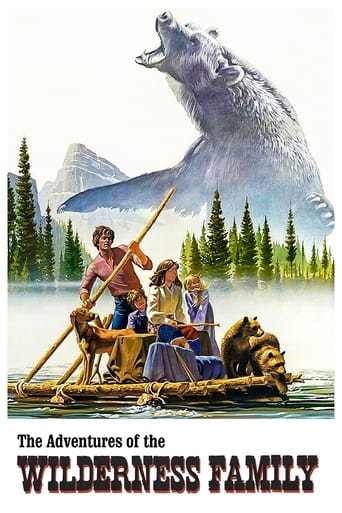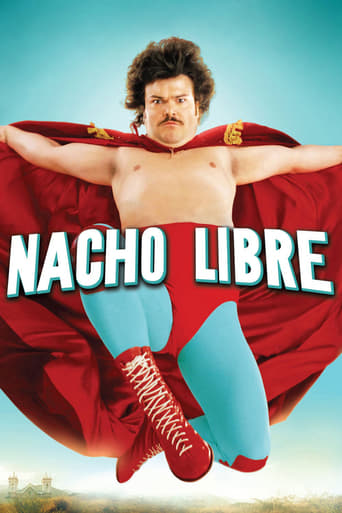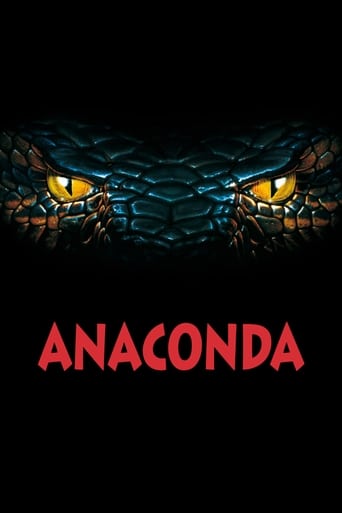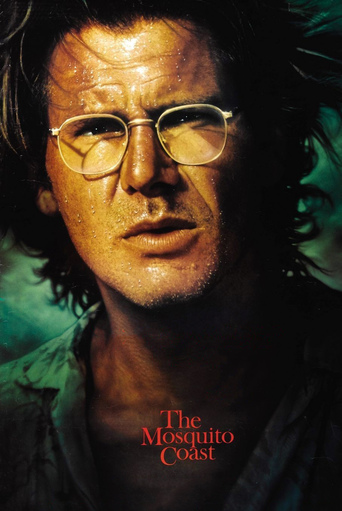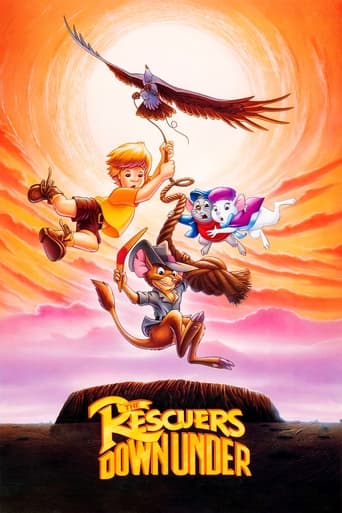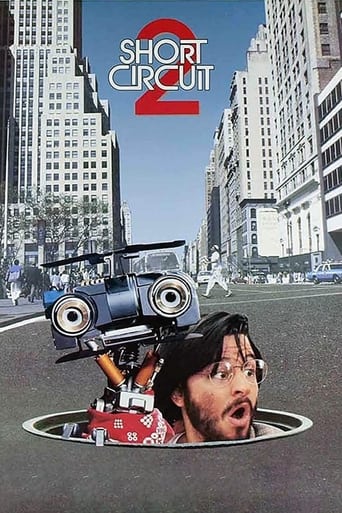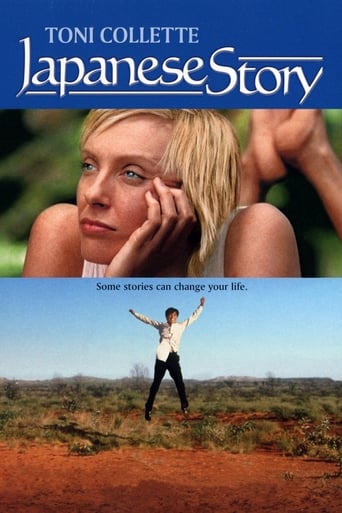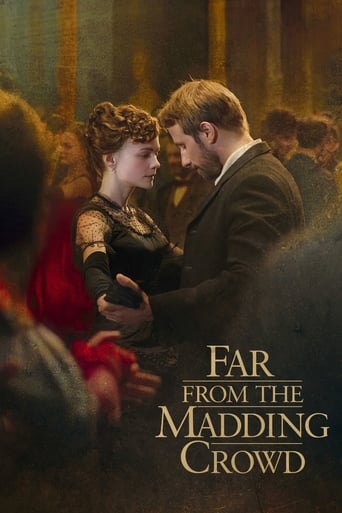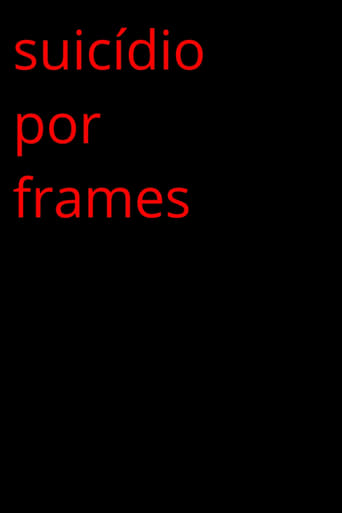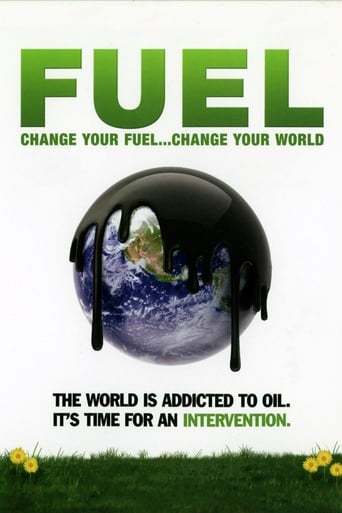Letter Never Sent (1962)
Four geologists are searching for diamonds in the wilderness of Siberia. After a long and tiresome journey they manage to find their luck and put the diamond mine on the map. The map must be delivered back to Moscow. But on the day of their departure a terrible forest fire wreaks havoc, and the geologists get trapped in the woods.
Watch Trailer
Free Trial Channels
Cast


Similar titles
Reviews
Sorry, this movie sucks
brilliant actors, brilliant editing
Excellent and certainly provocative... If nothing else, the film is a real conversation starter.
It's easily one of the freshest, sharpest and most enjoyable films of this year.
"The Unsent Letter" begins with a simple and powerful concept; we are introduced to a letter being written, and we know from the title that it remains unsent. And this contributes to a sense of doom and danger (and contrasting human hope) that characterizes the film. This film is in large part a combination of large successes in the areas of character drama and cinematography, appropriately as the setting is so vital. It's the wide-open wooded Siberian Taiga in summer with the ticking time-bomb of a Siberian winter looming unspoken. In a context like this, the isolation of place can make it a place for a bottle drama. Here the friction and attraction between the characters is intensified against the mortal danger that is its background. In terms of direction, there is no shying away from the lingering shot, hanging on the difficulty of a passage or on the face of a character -- and this is very effective. The acting is first rate; I had known Vasili Livanov only as Sherlock Holmes, and it is great to seem him do full justice to a very dramatic role. The cinematography, though, is what is really extraordinary. There are some incredible shots moving around burning forest fires and huge icy landscapes that seem like they should have been impossible to achieve. In the end, one feels like one has gone through some of the ordeal of the characters. And one is tempted to imagine that making the film might have been a dangerous mission for the filmmakers on the order of what the characters encountered.
Mikhail Kalatazov is best known for 1957's The Cranes Are Flying and 1964's I Am Cuba. This is the film he made between those. It also contains cinematography by Sergei Urusevsky. That's its best aspect, for sure, and much like those other two films, it's a gorgeous piece of pure cinema. The story concerns four geologists (including The Cranes Are Flying's lead actress, Tatyana Samoilova) who have been dropped off in remote Siberia to search for diamonds. The initial plot concerns a love triangle between Samoilova and two of the men (while the third man writes the titular letter to his wife). Soon the melodramatic plot line falls to the wayside when the four are trapped in an enormous forest fire. It then becomes a desperate tale of survival. It's actually quite gripping, and the photography is so utterly stunning you can't help but be awestruck.
Saw this at Tribeca Film Festival in Spring 2007, and was absolutely floored. I walked out of the theater afterword amazed at what I'd seen and thrilled that such an amazing film existed and had been maintained by a tiny number of appreciators in such excellent quality for so long.The story is not the strong point of the movie. Rather, as with Terence Malick films, the story is just a starting point for the film, which is another beast entirely. What shines and carries the film from scene to scene is the cinematography. I didn't know if this was happened elsewhere at the time, but I didn't expect to see hand-held camera work in a 1959 Russian film, let alone the kind of early spinning, impossibly-filmed shot that appears early in the film. Later, there is a sequence that makes me long to know how they created the opportunity to film in such conditions.If you've read this far, you must track down this movie. My understanding is that Francis Coppola has a California archive maintain the only copy in the Americas, and that it's usually shown just one a year.
Welcome to Siberia, circa 1959 (in perfectly restored, glorious Black and White).Although this story revolves around four 'pioneers' dropped into a vast wilderness to search for a rumored vein of diamonds (aka 'the Diamond Pipe'), the real star of the movie is cinematographer Sergei Urusevsky ("Soy Cuba," "The Cranes Are Flying").Urusevsky is master of composition, dolly shots, and hand-held photography (when necessary). The way he frames his close-ups of the actors practically allows the audience to see into their souls.Of course, it helps that he's shooting a top-notch Russian cast, including actress Tatyana Samojlova ("The Cranes Are Flying") whose character 'Tanya' is desperate to survive the troubling events that befall the group. Tanya is also the lone female and commands the attentions of two men in the rock-sampling group (though one is unrequited).In addition, the visual elements are underscored aurally by composer Nikolai Kryukov's ("The Forty-first") evocative score, although he does amp up the music a bit too much in a couple of scenes. Not unusual for the time period, so set your appreciation meter back to the 50's and you won't be as bothered as I was.The title of the film refers to not one but two letters that figure into the plot. One is a long, personal letter that is referred to in voice-over from time to time throughout the film, while the other is a love letter thought to be hidden away until it accidentally comes to light.The plot is very straightforward so I won't spoil any surprises by detailing it here, suffice to say that the main attractions of this film are the artistic cinematography, the strong cast, and the director's choice to foreshadow plot elements by overlaying fiery images over his hardcharging trekkers.If you've never seen any films by director Mikhail Kalatozov ("The Red Tent," "Soy Cuba," "The Cranes Are Flying"), then this one is probably as accessible as any and with a new restoration to boot, practically a MUST-SEE.The ending alone is worth the price of admission, so check it out festival goers.

